small but very productive garden
kumquatlady
17 years ago
Related Stories
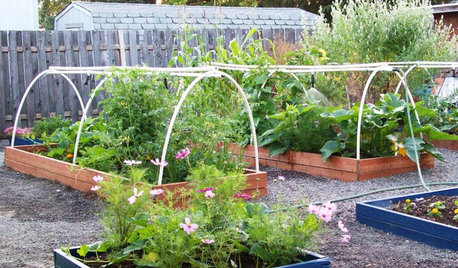
BENEFICIAL INSECTSAttract Pollinators for a Productive Edible Garden
You can lure bees, butterflies and birds into your yard with the right flowers and nesting spots
Full Story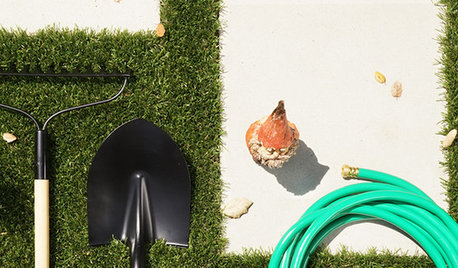
SHOP HOUZZHouzz Products: Spring in the Garden
Have even more fun in the garden this spring with handy potting benches, outdoor accessories and tools from the Houzz Products section
Full Story
GARDENING GUIDESLush, Foodie Abundance in a Small Urban Garden
This modest backyard garden provides its owner with fruit and vegetables all year round, thanks to an innovative low-maintenance approach
Full Story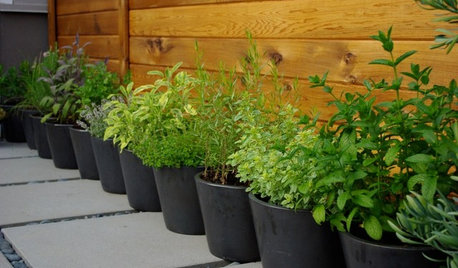
GARDENING GUIDES6 Ways to Grow Edibles in Small Places
No big backyard? Join in the grow-your-own fun with these small-space ideas for planting vegetables, fruits and herbs
Full Story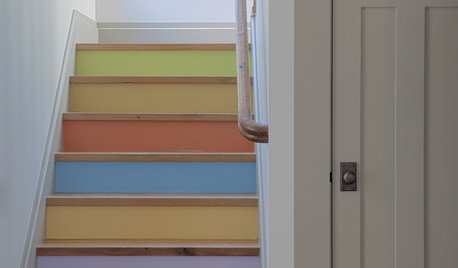
DECORATING GUIDESBudget Decorator: 16 Fab Spring Updates for Very Little Green
Turn your fancy to low-cost enhancements this spring, for a freshly decorated home you'll fall in love with
Full Story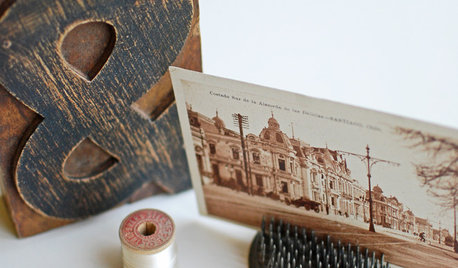
HOW TO PHOTOGRAPH YOUR HOUSESmall-Business Savvy: Photograph Products Like a Pro
Take impressive photos of your work for a website, a portfolio or packaging with any camera and these 5 tips
Full Story
FEEL-GOOD HOME12 Very Useful Things I've Learned From Designers
These simple ideas can make life at home more efficient and enjoyable
Full Story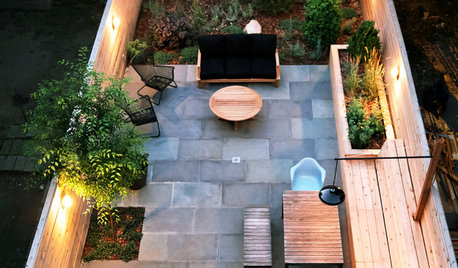
MOST POPULAR16 Ways to Get More From Your Small Backyard
Make a tight or awkward yard a real destination with these design tricks from the pros
Full Story
GARDENING GUIDESSmall Gem Lawns: More Impact From Less Grass
Instead of letting the lawn sprawl, make it a shapely design element in your yard. You’ll reap benefits both practical and aesthetic
Full Story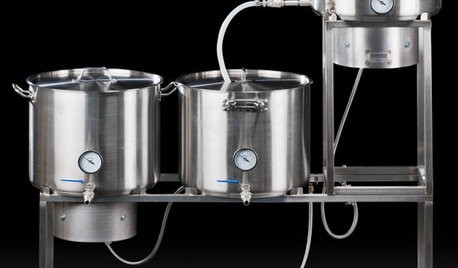
HOME TECHMake Home Sweet Home Even Sweeter With a Brewery Or Winery
New high-tech products make small-scale home beer and wine production easy and fun
Full Story


alexjh
boballi
Related Professionals
Jennings Landscape Architects & Landscape Designers · Simi Valley Landscape Architects & Landscape Designers · Walnut Landscape Architects & Landscape Designers · Finneytown Landscape Architects & Landscape Designers · Anderson Landscape Contractors · Gainesville Landscape Contractors · Elmhurst Landscape Contractors · Englewood Landscape Contractors · Hilo Landscape Contractors · Milton Landscape Contractors · Nanuet Landscape Contractors · Rockwall Landscape Contractors · Cincinnati Driveway Installation & Maintenance · Concord Driveway Installation & Maintenance · Fort Worth Driveway Installation & Maintenancegamebird
dannic_az
highalttransplant
gardengalrn
digit
alexjh
opal52
highalttransplant
gamebird
alabamanicole
highalttransplant
alabamanicole
veggiecanner
peskymac
kumquatladyOriginal Author
melanie-germany
kumquatladyOriginal Author
Violet_Z6
hamiltongardener
granite
kaliman
digit
pnbrown
sujiwan_gw 6b MD/PA
pnbrown
fliptx
kaliman
korney19
twhgardener
maricybele
rosefolly
Tennessee
sinfonian